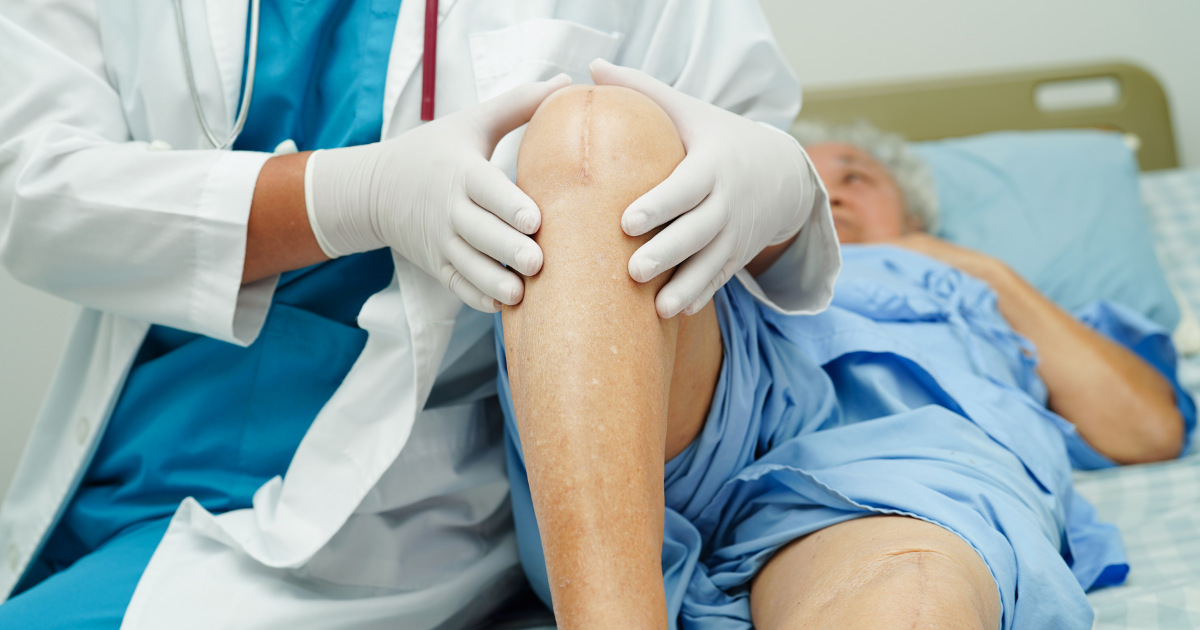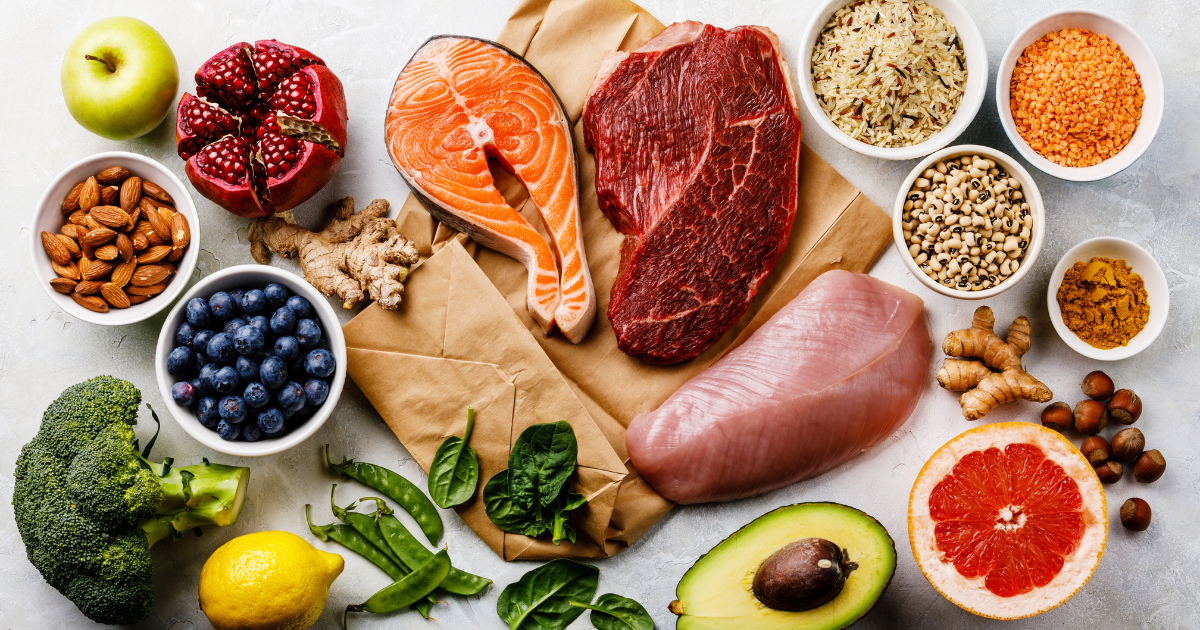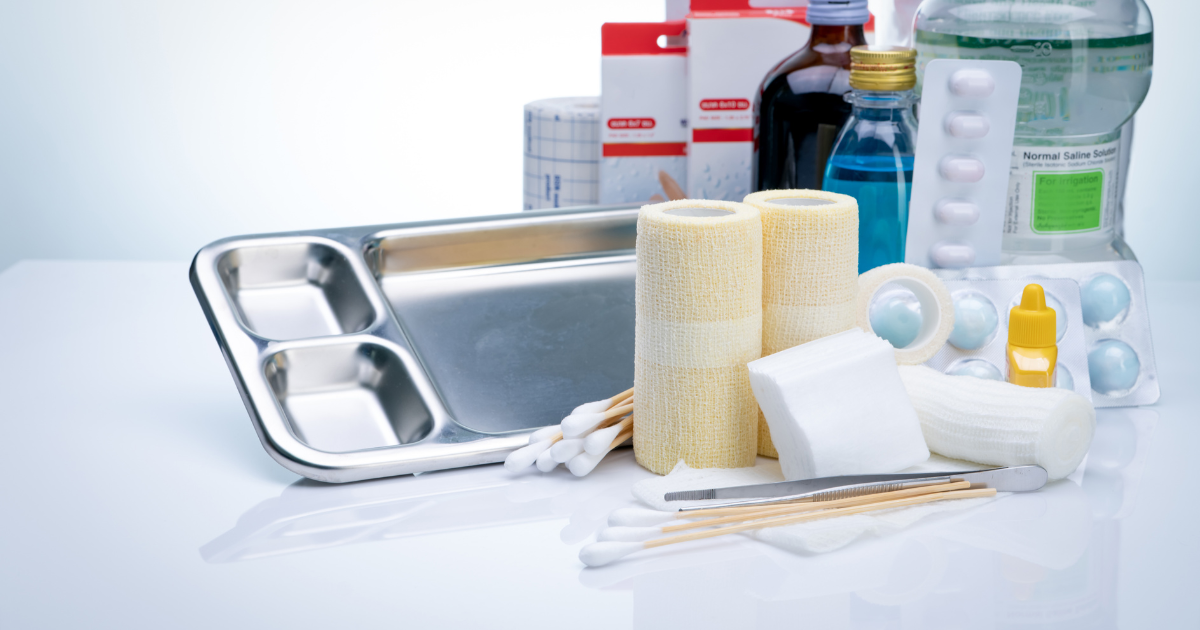Recovery After Surgery: Simple Ways to Improve Healing
Key Takeaways
- Surgery causes trauma that can lead to swelling, pain, and changes in vital signs. Understanding this helps emphasize the importance of proper post-surgery care and following your healthcare provider’s instructions.
- Incorporate steps including rest, a balanced diet, and activity to help increase your recovery.
- LUMINAS Pain Relief Patches offer drug-free, effective pain relief to make your recovery smoother and more comfortable.
- Keep an eye on any changes in your health, attend follow-up appointments, and reach out with any concerns to ensure a safe and speedy recovery.
When you’re recovering post-surgery, the way you care for your body can make a big difference in how quickly you heal. Many patients want to recover as soon as possible, but doing it the wrong way can end in complications like swelling, blood clots, or infections.
Simple actions like the ones we’ll touch on below, can help your body bounce back, and products like LUMINAS Pain Relief Patches offer a natural, drug-free way to relieve pain and improve your healing experience.

How Surgery Affects Your Body
Surgery is a major procedure that puts a lot of stress on your body. During an operation, your body goes through trauma, which can cause swelling, pain, and even changes in your vital signs, like heart rate and blood pressure. Anesthesia, the medicine used to keep you pain-free during surgery, can leave you feeling weak, nauseous, or confused after you wake up in the post-anesthesia care unit (the recovery room where medical staff closely monitor you after surgery).
Once you’re back home, your body needs time to heal from the incision, restore normal functions, and clear out the medications. This is why following your healthcare provider’s specific instructions and incorporating effective pain management options like LUMINAS Pain Relief Patches is crucial for a smooth recovery.
8 Tips for Faster Recovery
1. Rest Is Key for Healing
Why Rest Is Important: Resting gives your body a chance to repair tissues and fight off infections. It also helps manage blood pressure and promotes overall healing.
- Create a Healing Space: Set up a comfortable area with pillows and blankets so you can relax. Use pillows to keep pressure off your wound site, and keep everything you need, like your phone, water, and medicine, within easy reach.
- Don’t Overdo It: Even if you feel okay, avoid jumping back into daily activities too quickly. Your body needs time to heal.
- Use LUMINAS for Added Comfort: Apply LUMINAS Pain Relief Patches to areas of discomfort to reduce pain and inflammation naturally. The patches are easy to use and can help you rest more comfortably without over-relying on pain medication.
While it’s important to rest, moving a little each day can help prevent complications like a blood clot and constipation.
2. Eat Healthy to Help Your Body Heal
Why Nutrition Matters: The food you eat provides the energy and nutrients your body needs to repair itself. Good nutrition can also reduce the risk of infection, help with inflammation, and keep your digestive system working well.
- Stay Hydrated: Drinking water helps flush out toxins, keep your organs healthy, and prevent constipation, especially if you’re taking pain medication.
- Eat Small, Balanced Meals: If you feel nauseous, try eating small amounts of protein-rich foods like eggs or chicken, along with fruits and vegetables. These foods support tissue repair and boost your immune system.
- Avoid Unhealthy Choices: Skip alcohol and junk food, which can make recovery harder and increase the risk of any complication.

3. Manage Your Pain Safely
Why Pain Management Is Crucial: Pain can slow down healing if it isn’t managed well. Staying ahead of your pain makes recovery more comfortable and reduces stress on your body.
- Take Pain Medicine as Directed: Always follow your doctor’s instructions for pain medication. This might include NSAIDs like ibuprofen or other prescribed medicines, but be mindful as these medications come with their own set of side effects.
- Incorporate LUMINAS Patches: For a natural, non-medicated option, apply LUMINAS Pain Relief Patches to areas where you experience pain, making sure to avoid open wounds or highly sensitive areas.
- Stay on Top of Pain: If you’re planning an activity, like getting up to walk, take your pain medication or apply a LUMINAS patch beforehand to make it more manageable.
4. Keep Your Body Moving (Gently)
Why Movement Helps: Gentle activity keeps blood flowing and lowers the risk of dangerous blood clots. It also helps with muscle strength and reduces stiffness.
- Start Small: Even lifting your feet up and down while sitting can improve circulation. Walk short distances around your home every hour, if possible.
- Wear Compression Stockings: These can prevent swelling and blood clots. Ask your doctor if they’re right for you.
- Avoid Overexertion: Don’t lift heavy items or do strenuous activities until your doctor gives the go-ahead.
5. Take Care of Your Incision Site
Why Incision Care Is Important: The site of incision is your body’s first line of defense against infections, so keeping it clean is essential.
- Follow Cleaning Guidelines: Use mild soap and warm water if your doctor says it’s okay. Pat the wound area dry with a clean towel and avoid rubbing.
- Keep It Dry: Until your doctor gives the okay, avoid soaking in a bath or swimming pool, which can cause infection.
- Watch for Signs of Infection: Check your wound incision daily. If you notice redness, increased swelling, drainage, or if you feel sick with a fever, call your doctor immediately.

6. Deep Breaths to Avoid Complications
Why Breathing Exercises Are Necessary: Deep breathing and coughing help keep your lungs clear and prevent pneumonia.
- Use a Breathing Device: If given an incentive spirometer, use it several times an hour. It helps expand your lungs and keeps them clear.
- Practice Deep Breathing: Take a deep breath in through your nose, hold it for a few seconds, and exhale slowly. Repeat this a few times throughout the day.
- Support Yourself When Coughing: Use a pillow against your chest to make coughing more comfortable and effective.
7. Incorporate LUMINAS Into Your Recovery
Why LUMINAS Pain Relief Patches Are Effective: LUMINAS patches are not only highly effective at reducing pain—they’re also designed to target and reduce inflammation. By addressing inflammation directly, LUMINAS patches improve blood flow and in turn support your body’s natural healing process for lasting pain relief.
- Target Your Pain: Place 1-2 LUMINAS patch on or near your area of discomfort, making sure to avoid placing them on open wounds or broken skin.
- Enjoy Peace of Mind: Free of drugs and medications, LUMINAS patches carry no risk of side effects or overdose. You can safely wear multiple patches for extended periods without any risk to your body or health.
8. Keep an Eye on Your Health
Why Monitoring Your Health Matters: Early signs of complications like an infection or blood clot can be managed quickly if caught in time.
- Check Your Temperature: A fever could mean you have an infection. If you’re unsure, ask a family member to help monitor your temperature.
- Don’t Hesitate To Reach Out: If swelling gets worse, pain doesn’t improve, or you feel unusually tired, contact your healthcare provider.
- Stay Connected: Make sure to attend all follow-up appointments and ask questions about what to expect. Your care team is there to support you.
Healing Takes Time, But You’ve Got This!
Recovering from surgery isn’t always easy, but with the right care and attention, you can help your body heal faster. Rest, eat well, stay active, and use LUMINAS Pain Relief Patches to manage pain naturally. Remember, your body is working hard to recover, so take it one step at a time.
Ready to experience natural pain relief? Try LUMINAS Pain Relief Patches today and make your recovery more comfortable.








